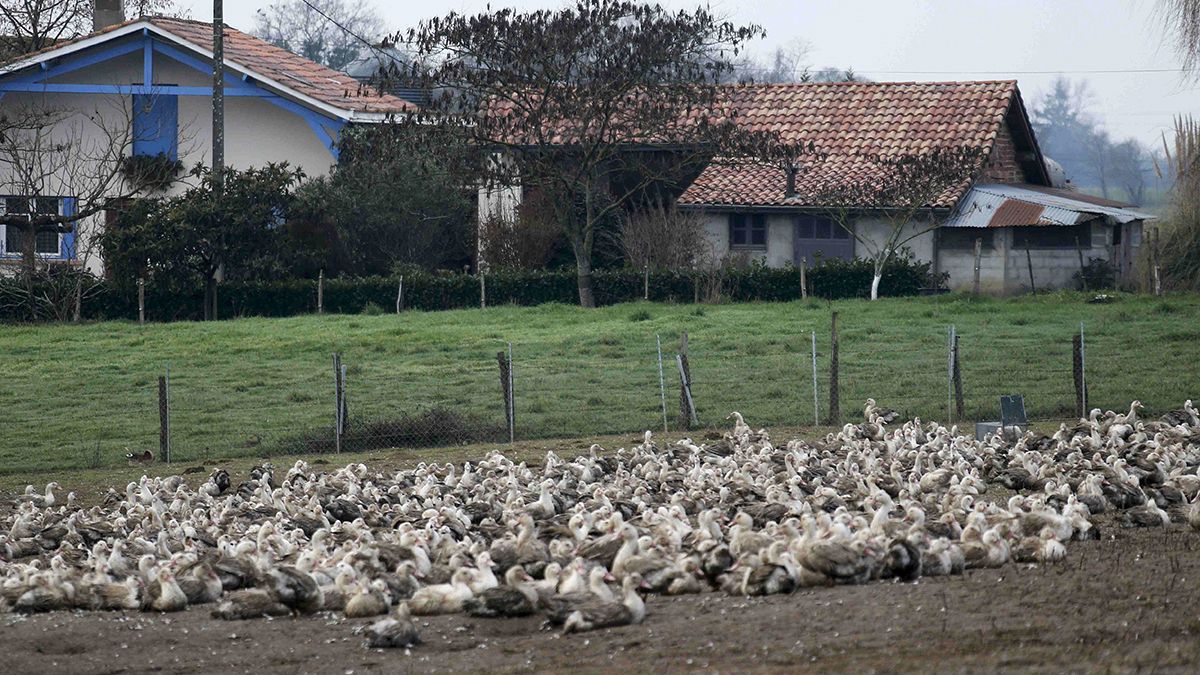The aim is to contain a severe outbreak of bird flu, which has been spreading rapidly over the past month.
France has begun a widespread cull of the duck population in three of its regions most affected by a severe outbreak of bird flu.
The aim is to contain the virus, which has been spreading quickly over the past month.
Up to a million birds could be affected.
France Begins Operation to Cull up to 1M Ducks https://t.co/nydVQavOuapic.twitter.com/xs71zsBOAG
— The Voice of America (@VOANews) January 5, 2017
Which areas are concerned?
All free-range ducks, as well as geese, are to be slaughtered between January the 5th and January the 20th.
The area is in southwestern France, comprising parts of the Gers, Landes and Hautes-Pyrenees departments.
Most cases in the latest outbreak have been found in the southwest.
However, some have been confirmed in the Deux-Sevres, a region further north.
Some infected wild birds have also been found in northern France on the Channel coast, in Normandy and near the Alps.
How bad is the epidemic?
France has the largest poultry flock in the EU.
It has reported 89 outbreaks of the highly-contagious H5N8 bird flu virus so far.
The majority of the cases are in the Gers.
Up to 1.3 million ducks are in the affected area as a whole.
The authorities are hoping the cull will stop the disease from spreading.
Are any farms exempt?
Some will be, yes.
Ministry officials say those with confined birds, as well as those with full production cycles from ducklings into end-products are not likely to be affected.
Millions of chickens and ducks culled as bird flu spreads – another symptom of the broken industrial food system. https://t.co/w0EfTQPG1t
— Friends of the Earth (@foeeurope) January 5, 2017
Last year’s outbreak
An outbreak last year forced foie gras producers to halt output in 18 departments.
This cost the industry 500 million euros and led to a 10 percent rise in the product’s retail price.
It also led to a drop in demand for maize.
The grain is a key ingredient of duck feed.
“We are being asked to become unemployed with no benefit. This is really hard to take in. We are not ok at all,” said Philippe Baron, President of the Gers association for the promotion of foie gras and poultry farming.
H5N8
The H5N8 strain is highly deadly for poultry.
However, it has never been found in humans and cannot be transmitted through food.
What they are saying
“This virus is very aggressive in poultry, the symptoms appear quicky, it impacts the nervous system, animals show very strong signs of inflammation,” – Bruno Ferreira, French Agriculture Ministry
“There will, of course, be consequences for some farms, for those involved later in the process and a financial loss for the south west,” Xavier Beulin, French farming union representative.
